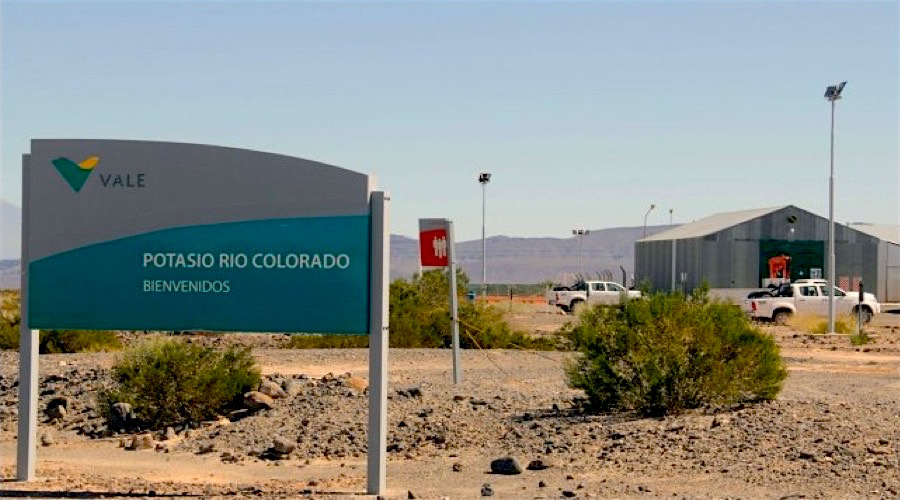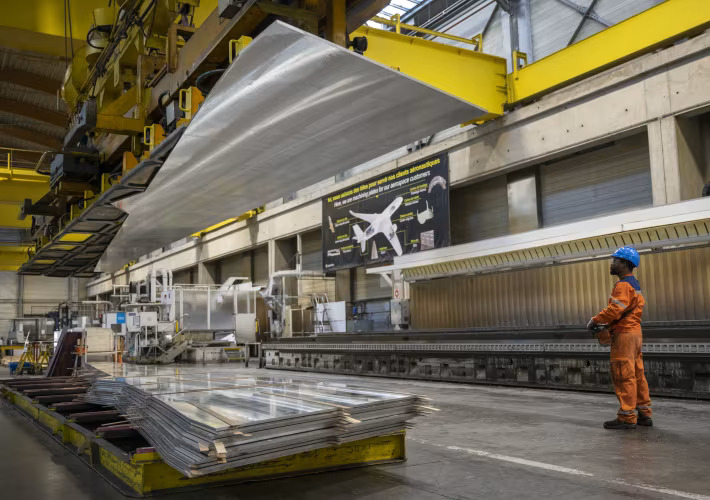Vale gives its potash project in Argentina a second chance

Brazilian mining giant Vale (NYSE:VALE) is reviving its potash project in Argentina, mothballed in 2013 as the company began feeling the impact of falling commodity prices and fears of the asset’s nationalization grew.
At the time of abandoning the project, the Rio de Janeiro-based miner had invested $2.2 billion and was looking for up to $3 billion in tax breaks from the Argentine government for what would’ve been the country’s largest foreign investment to offset soaring costs, but was refused.
The decision comes at a difficult times for potash miners worldwide, as prices are hovering around $240 a tonne, significantly down from more than $800 a tonne in 2008.
The miner, the world’s top iron ore producer, is currently looking for partners and investor to move ahead with the Potasio Rio Colorado potash project in the Mendoza province, originally pegged at $5.9 billion to construct.
According to local newspaper Diario Uno (in Spanish), Vale has scaled down the project and it now aims to produce 1.3 million tonnes of potash a year, down from the 4 million tonnes originally planned.
The company has also given up on the idea of building a 352km railway to ship output from the mine to the port of Bahia Blanca and, instead, will use trucks.
To move ahead, Vale will have to invest $1.5 billion up front and wait about a year to deliver the new technical specifications to the Argentine government. The company is said to have already discussed a possible development plan with the Mendoza government, but no figures were given.
The decision comes at a difficult times for potash miners worldwide, as prices are hovering around $240 a tonne, significantly down from more than $800 a tonne in 2008.
The project faced its first main setback in June 2011, when local authorities suspended works over claims that Vale had failed to meet requirements to employ and acquire supplies locally.
Vale’s decision to pull the plug angered the Argentine government to such an extent that the firm’s security department told project’s directors to leave the country shortly after because of “safety concerns”.
The company acquired Rio Colorado from Anglo-Australian miner Rio Tinto in 2009. Start-up was scheduled for 2014, and mine life was expected to exceed 50 years. Average annual production is estimated at 2.4 million tonnes in phase 1 rising to 4.3 million tonnes per year.
{{ commodity.name }}
{{ post.title }}
{{ post.date }}




Comments